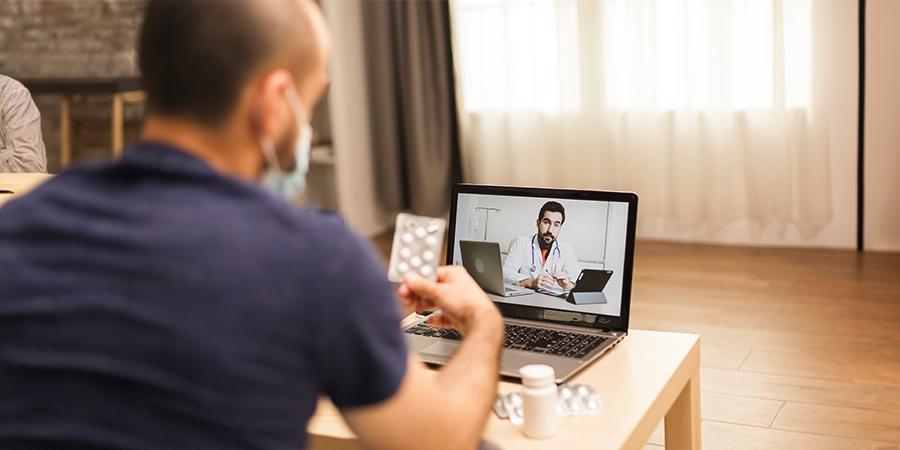As the adage goes, necessity is the mother of invention. Healthcare is no stranger to this, and the COVID-19 pandemic has thrust the industry into innovation overdrive. Remote Patient Monitoring (RPM) has become not just a buzzword, but a critical part of the healthcare lexicon, transforming the way we deliver care. This shift towards more connected and remote healthcare solutions is not new, but it has undoubtedly gained traction in response to the pandemic. In this post, we delve into the evolution of remote patient monitoring solutions and how it's shaping a more efficient, accessible, and patient-centric healthcare delivery model.

The Genesis of Remote Patient Monitoring
Remote Patient Monitoring, at its core, is about using technology to monitor patients' health outside of a traditional clinical setting. The concept is not new. Arguably, the first form of RPM could be the ancient practice of using carrier pigeons to communicate patients' conditions during times of war. This gradually evolved into telephone check-ins and, later, into digital monitoring solutions, adept at tracking vital signs and more.
In the early 2000s, the Ripple Project in Scotland demonstrated the efficacy of RPM for individuals with chronic conditions. The results showed better health outcomes, reduced hospital admissions, and increased patient confidence. It became clear that RPM could be a game-changer, particularly for patients who required constant oversight.
Technological Advancements Driving RPM Forward
Advancements in digital health technologies have been key drivers in the evolution of RPM. Wearable devices and sensors that transmit real-time data to healthcare providers have opened up new, more effective ways to remotely monitor patients.
Devices like continuous glucose monitors for diabetics, home blood pressure cuffs, and even smart-connected weight scales have become mainstays in the remote monitoring toolset. These technologies have not only improved the accuracy and consistency of patient data but have also empowered individuals to take a more proactive role in managing their health.
The integration of artificial intelligence (AI) has further enhanced the capabilities of RPM. AI can analyze vast datasets to predict health declines, offer personalized recommendations, and identify anomalies in patient data that could indicate a problem.
The Impact on Healthcare Systems and Patient Outcomes
The benefits of RPM extend beyond convenience. By offering continual, personalized care, healthcare providers can detect issues earlier, leading to interventions that are less invasive and less costly. According to a study published by the American Journal of Medicine, remote monitoring reduced heart failure-related hospital admissions by 40% and all-cause admissions by 19%.
Moreover, RPM has also been a bridge to healthcare access for underserved populations, those living in rural areas, and the elderly. By erasing the barriers of distance and mobility, patients can receive the regular care they need without leaving their homes.
The Future of Remote Patient Monitoring
The future of RPM continues to evolve, with telehealth services integrating more seamlessly into existing health systems. As the technology becomes more sophisticated, with the potential for things like personalized drug delivery systems and automated daily health reports, the possibilities for impacting patient outcomes are vast.
Algorithms that can predict patient deterioration and alert care teams in advance are on the horizon. We are moving towards a healthcare model that is increasingly proactive rather than reactive, with a greater emphasis on personalized medicine and patient engagement.
In summary, RPM is a cornerstone of modern healthcare delivery. With every technological advancement, it takes us a step closer to a more efficient, accessible, and patient-centric system. The journey is just beginning, and the future holds even more exciting breakthroughs.
 icons at the top right corner of the subsection.
icons at the top right corner of the subsection.